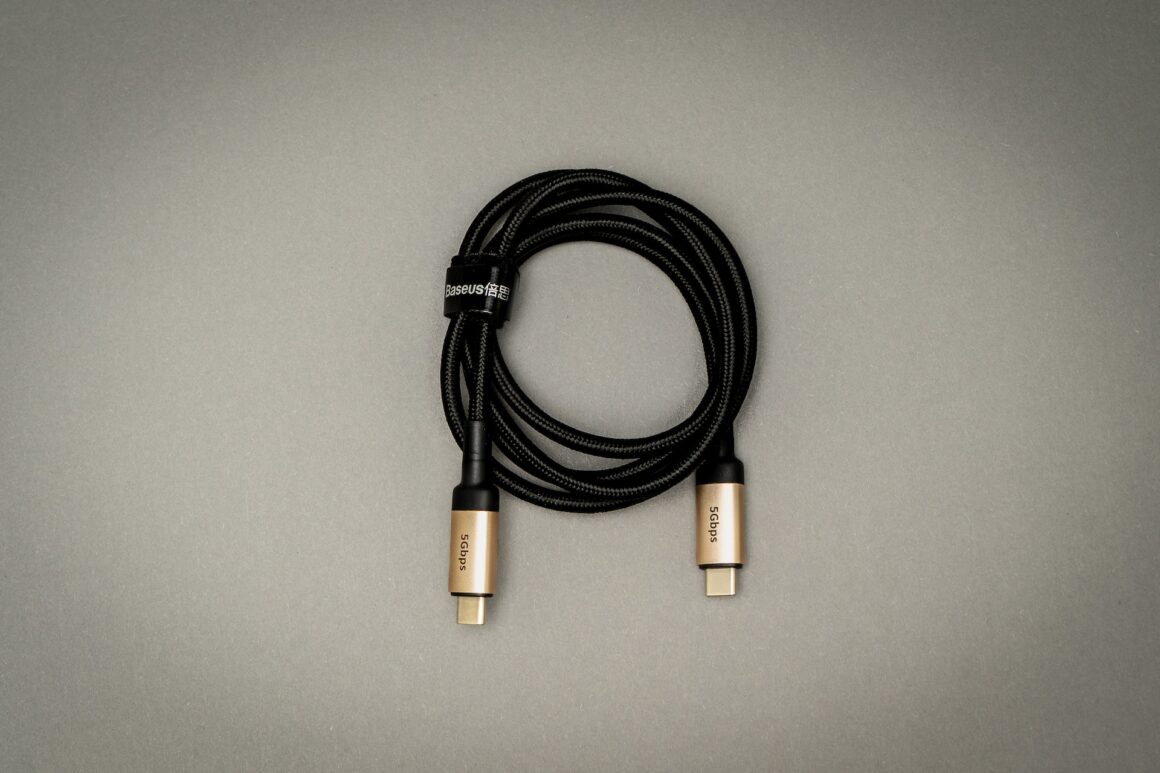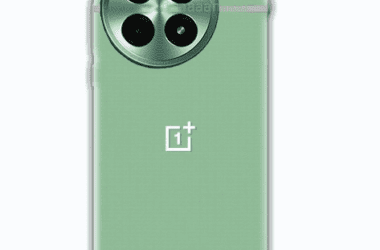One of the main selling points of Intel-based PCs is the Thunderbolt connectivity, and the firm is already hard at work on a successor. Intel has already revealed the successor to Thunderbolt, the next iteration of which is widely speculated to be dubbed Thunderbolt 5. Even while we don’t know everything about the next-gen Thunderbolt, we have a good sense of its capabilities. Let’s have a peek.
Intel’s Thunderbolt is a hardware interface for attaching devices to personal computers. Mini DisplayPort was utilized for the first two Thunderbolt releases, however, beginning with Thunderbolt 3, Intel shifted to USB Type-C. Despite sharing a connection with USB, Thunderbolt has traditionally provided much faster data transfer speeds, making it an appealing alternative. External graphics processing units (GPUs) like the Razer Core X, as well as external displays and other peripherals, are all made possible via Thunderbolt connections.
Given that Intel created this technology, it is often only available on PCs powered by Intel processors. Some non-Intel laptops, including Lenovo’s ThinkPad Z series or Apple’s MacBook Air, support Thunderbolt 3, which has been rebranded as USB4 by the USB Implementers Forum. But Thunderbolt is still Intel technology, and although it is royalty-free, it has higher requirements. Devices lacking Intel CPUs sometimes forego Thunderbolt certification in favor of standard USB connections due to the expenses involved in achieving such certification. However, USB4 ports are still fairly unusual at the moment.
Thunderbolt’s certification standards are quite stringent, especially beginning with Thunderbolt 4. The USB4 port on a laptop may have a maximum data transfer rate of either 20Gbps or 40Gbps and can handle either power delivery (PD) or neither. Consumers may get lost in the ambiguity of this broad standard. On the other side, a Thunderbolt 4 port needs to enable 40Gbps, power supply, and PCIe tunneling for external GPUs. More information is readily available about a Thunderbolt 4 laptop.
- Thunderbolt 5: What’s the Big Deal?
Although we don’t yet know the official moniker, Intel has begun teasing the next iteration of Thunderbolt, and we have some idea of the features it will have. Although Intel has been silent on the topic of Power Delivery needs, we do know that it will dramatically boost available bandwidth to at least 80Gbps.
Throughput in both directions of 80 Gbps (or up to 120Gbps uni-directional). With Thunderbolt 3, the maximum bandwidth doubles, from 40Gbps to 80Gbps (in both directions). To rephrase: Thunderbolt 5 will make use of four data lanes, each of which can handle 40Gbps. Two lines in each direction in a typical setup equals 80Gbps of data transfer speed.
However, the lanes may dynamically rearrange themselves such that three lanes are carrying data in a single direction; this is useful for setups like employing very high-resolution monitors. You may expect to get 120Gbps in a single route, with 40Gbps left over. This will let you to utilize just one Thunderbolt connector to power many very high resolution screens.
Existing Thunderbolt 4 passive connections up to 1 meter in length will be compatible with this enhanced bandwidth limit because of advancements in signaling technology. You shouldn’t have to worry about the cable as long as your gadgets are Thunderbolt 5 compatible.
- Updated standards for DisplayPort, PCI Express, and USB
Thunderbolt 4, like USB4 version 2.0, provides the most recent standards for data tunneling across DisplayPort, PCIe, and USB. DisplayPort 2.1 is part of this group, since it enhances the DisplayPort signal’s transmission over a USB connection in particular. The newer version is more energy-efficient and can sustain approximately 80Gbps of bandwidth for a DisplayPort signal, which is enough to power an 8K display at 60Hz without the need for stream compression or chroma subsampling.
Increased speeds for external storage and graphics cards are possible with the next iteration of Thunderbolt, which will also quadruple the PCIe bandwidth. Double the speed of existing Thunderbolt SSDs, which can reach up to 2,800MB/s (advertised), and you’d have 5,600MB/s, which is almost as fast as many internal SSDs can get today. Due to graphics cards needing greater bandwidth than what Thunderbolt 4 enables, the external GPU market has been very quiet over the last several months. This capacity hasn’t altered much since the introduction of Thunderbolt 3 in 2015.
In conclusion, Intel hasn’t indicated that USB4 version 2.0 supports up to 20Gbps data transfers thanks to a new USB data tunneling protocol. It’s functionally comparable to USB 3.2 Gen 2×2, which is supported by a very small number of devices. Even so, transfer speeds have been much improved for those who own an external drive compatible with this new standard.
The release date for Thunderbolt 5 has been long anticipated. So far, all we have is an early teaser, since Intel has been mum on when we might expect the next iteration of Thunderbolt. Intel has only provided broad specifications about bandwidth, and the release date is still uncertain.
As Thunderbolt 5 has yet to make a debut in Intel’s 13th-generation CPUs for desktops and laptops, we may expect to see it at the earliest in the next generation of Intel processors. These shouldn’t be available until the year’s end, so you’ll have to be patient.
- Will it work with my current device?
In order to get the most of Thunderbolt 5, you will need devices that are compatible with it. When it comes to hardware compatibility, you can count on Thunderbolt 5 being natively integrated into most high-end laptops powered by Intel CPUs. Despite the fact that Thunderbolt isn’t limited to Intel chips, very few AMD laptops now have support for it, and until something drastically changes, this is likely to remain the case.








